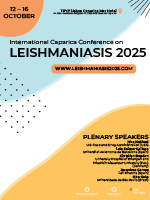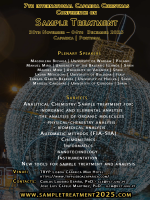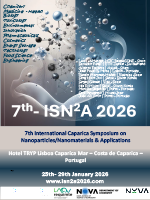A novel extraction method for the preparation of heparinized chicken (Gallus gallus domesticus) and horse (Equus caballus) whole blood for 1H-NMR metabolomics using Drabkin’s reagent
DOI: 10.5584/jiomics.v7i1.203
Abstract
Despite the ease of collection, heparinized whole blood (HWB) is underutilized in 1H-NMR-based metabolomics particularly because of the lack of sample homogeneity. Drabkin’s reagent (DR), an aqueous solution of potassium ferricyanide, potassium cyanide, and sodium bicarbonate, causes hemolysis and has been used for quantification of hemoglobin. The objectives of this study were to determine if the use of DR with HWB for metabolomics samples would result in consistent hemolysis, while being invisible to 1H-NMR and quenching metabolic activity. HWB from a chicken (Gallus gallus domesticus) and a horse (Equus caballus) was used. All HWB samples were mixed 1:10 volume:volume HWB:DR. Spectrophotometric evaluation of incubated DR treated samples revealed little change in absorbance after approximately 10-15 min incubation at room temperature (20-21 °C); all following samples were incubated for 10 min, except where noted. Samples subjected to five repeated extractions with DR showed a decrease in absorbance of >95% after the first extraction; all subsequent samples were extracted with a single aliquot of DR. Lyophilized DR rehydrated with a 100% deuterium oxide solution was invisible to 1H-NMR. Standard (10 min incubation, 20 min centrifugal filtration) and delayed (120 min incubation, 20 min centrifugal filtration) samples were prepared for both species and did not appear considerably different upon visual inspection with the exception of minor differences in the major peaks of the metabolites 3-methylhistidine and betaine in the chicken samples. Comparison of standard and delayed samples via two-sample Kolmogorov-Smirnov tests found no significant differences with either species (chicken p = 1, horse p = 0.9887). Use of DR resulted in consistent, complete hemolysis, while being invisible to 1H-NMR and quenching metabolic activity for at least 140 min at room temperature. This protocol should be considered when HWB is the only sample type available and/or if the investigator is interested in questions specific to erythrocyte metabolism.









